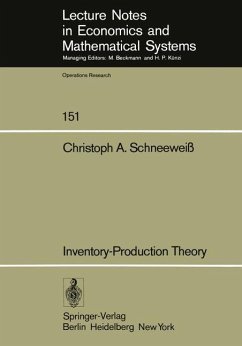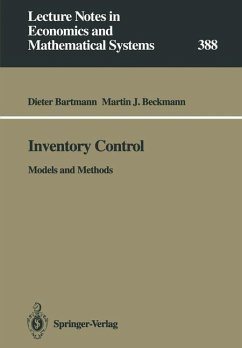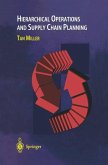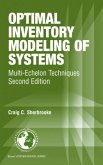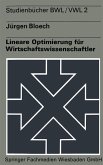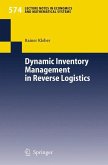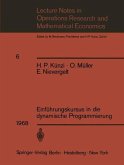The term inventory-production theory is not well defined. It com prises e. g. such models like cash balance models, production smoothing models and pure inventory models. We shall here mainly be concerned with stochastic dynamic problems and shall give exact definitions in the next section. Most of our work will concentrate on cash balance models. However, production smoothing situations and pure inventory problems will also be investigated. Since we are faced in principle with dynamic stochastic situa tions a dynamic programming approach would be appropriate. This approach, however, due to computational restraints, is limited to only but the simplest models. Therefore, in practice, one ruduces stochastics just in taking forecasts of demand and then treating the problem as a deterministic optimization problem. In addition one often introduces certain safety stocks to safeguard the system from possible forecasting errors. In general, this proce dure is suboptimal. However, there exists one particular situa tion when a separation in a forecasting procedure and a subse quent optimization of the remaining deterministic model is not suboptimal. This is known as the linear-quadratic model, i. e. a model having linear system equations and a quadratic cost crite rion. For this type of model H. A. Simon ~3J and later H. Theil [25J have shown that the above separation property holds. In fact, Simon's and Theil's results are nothing else but what has later and more generally become known to control engineers as Kalman's famous separation principle.
Hinweis: Dieser Artikel kann nur an eine deutsche Lieferadresse ausgeliefert werden.
Hinweis: Dieser Artikel kann nur an eine deutsche Lieferadresse ausgeliefert werden.

